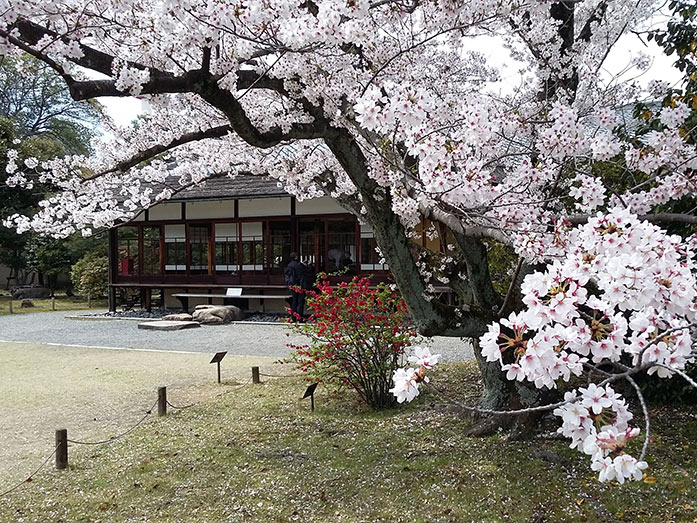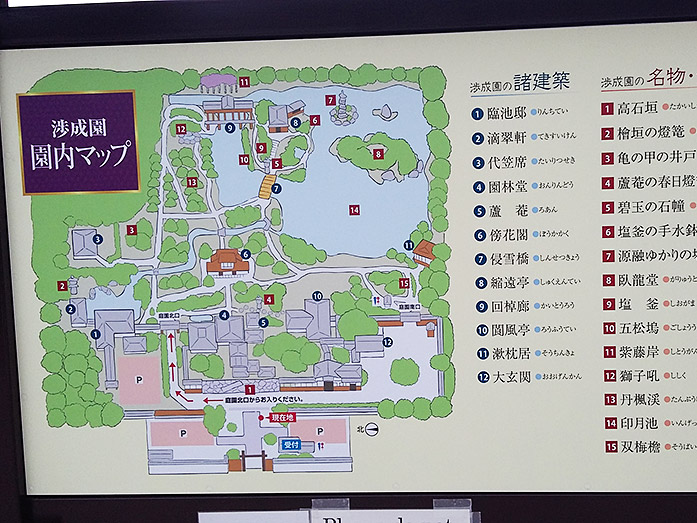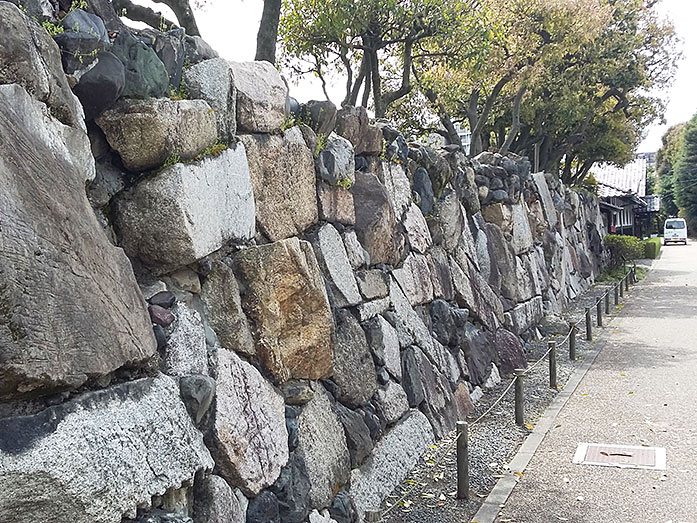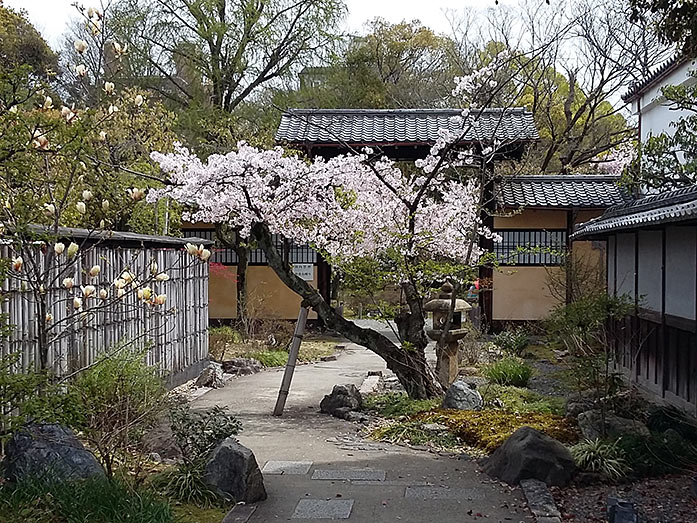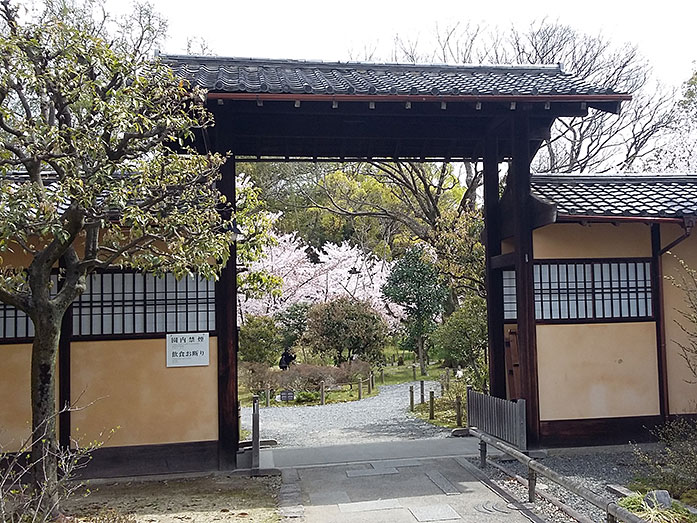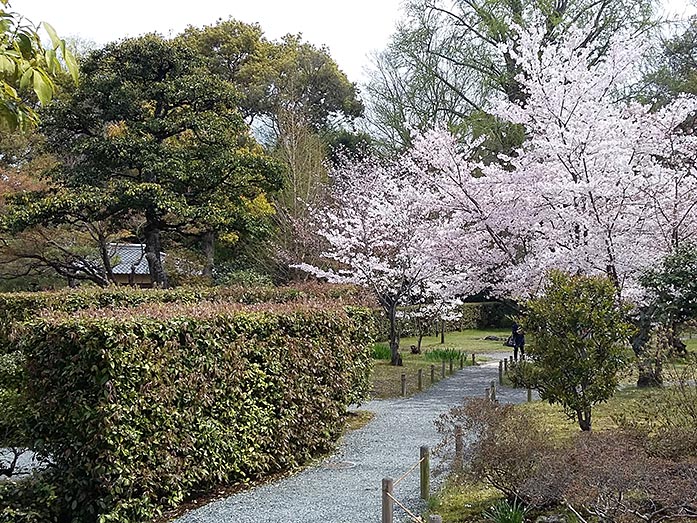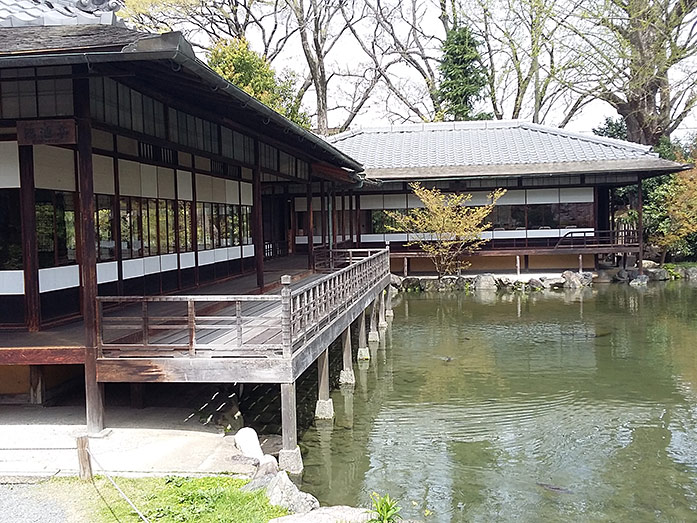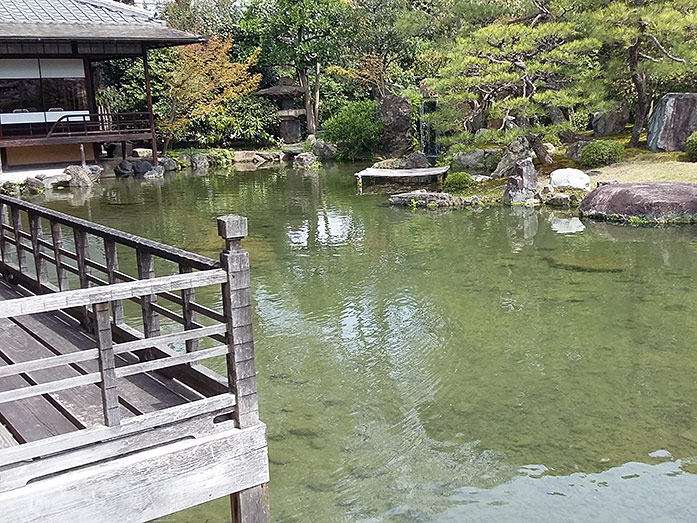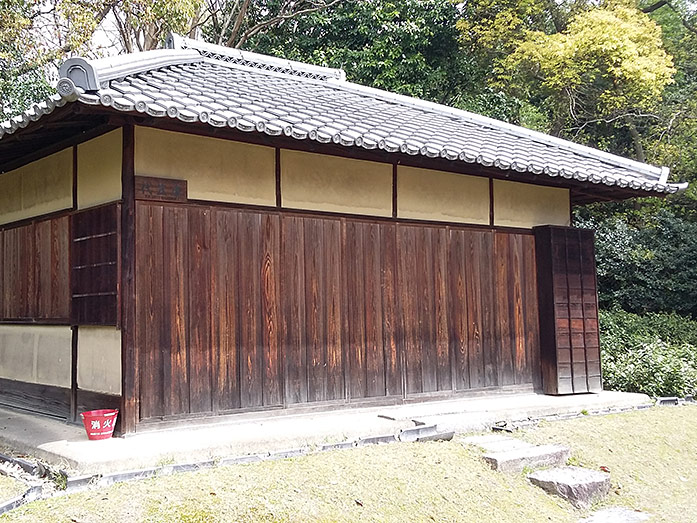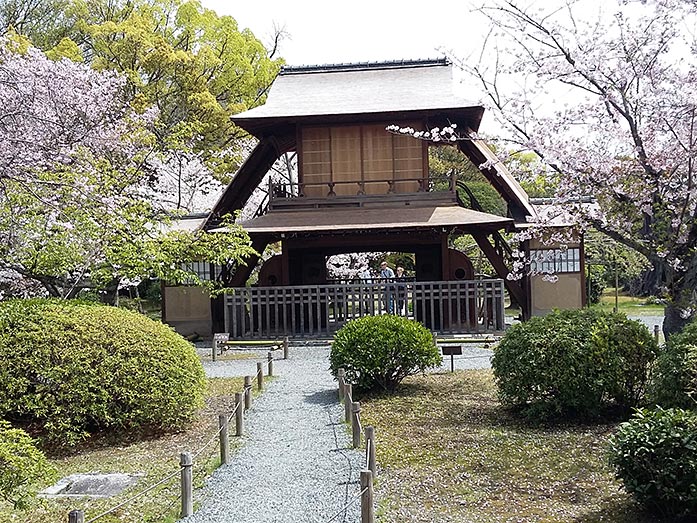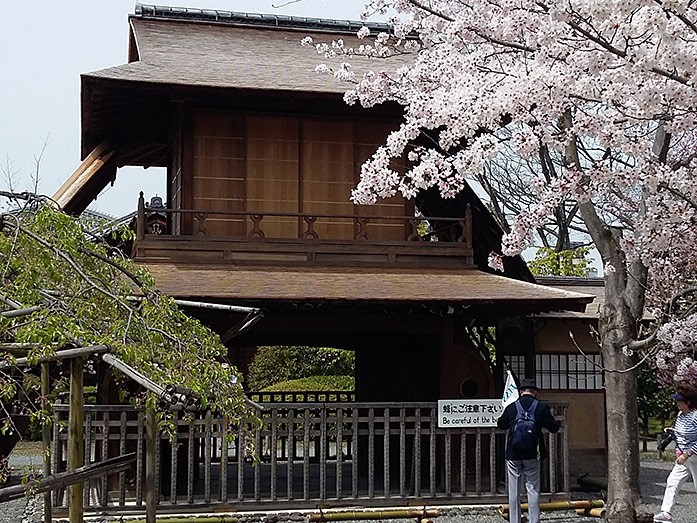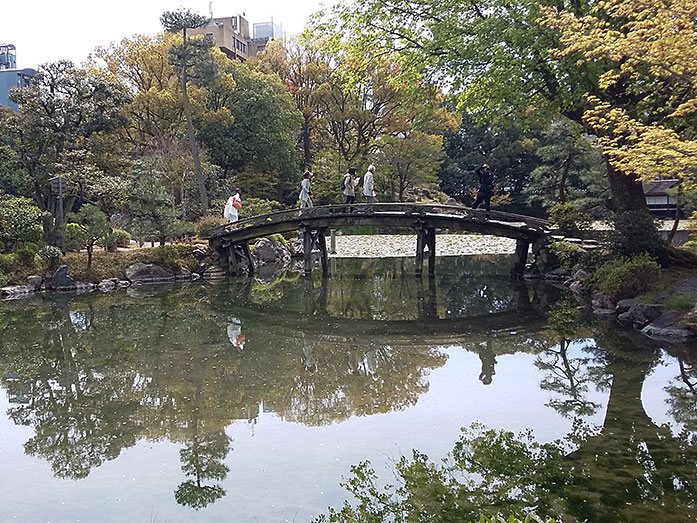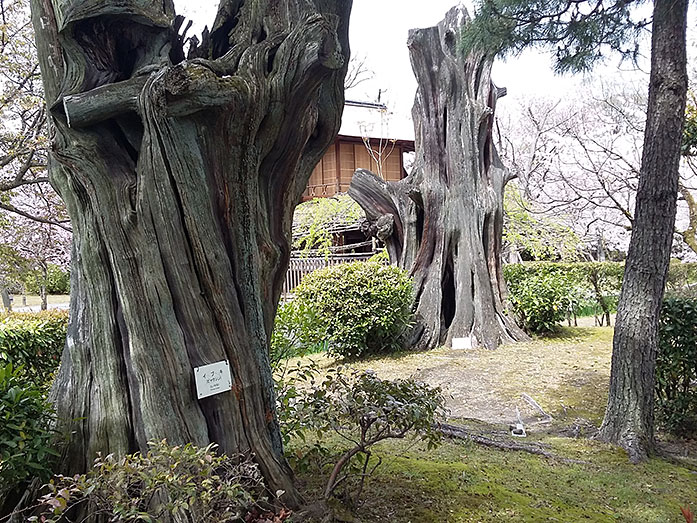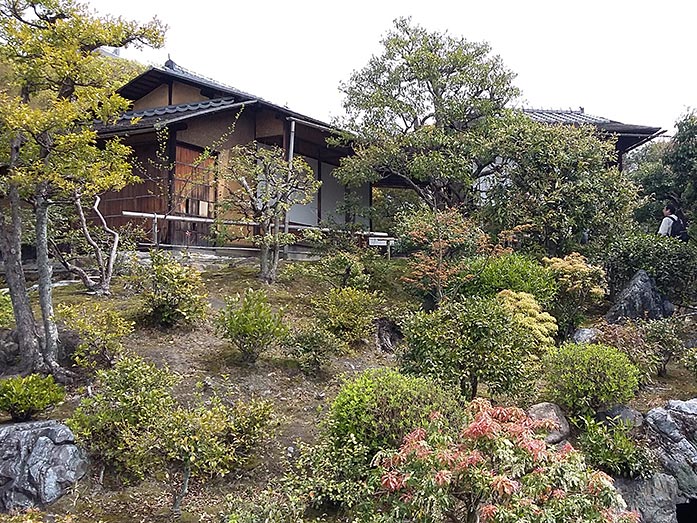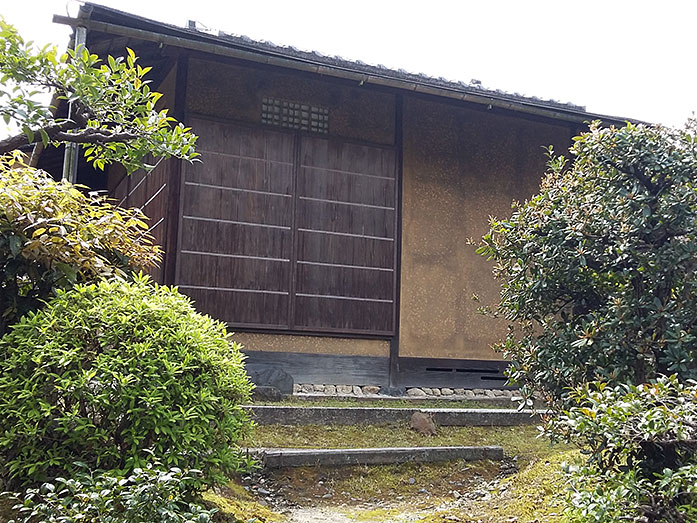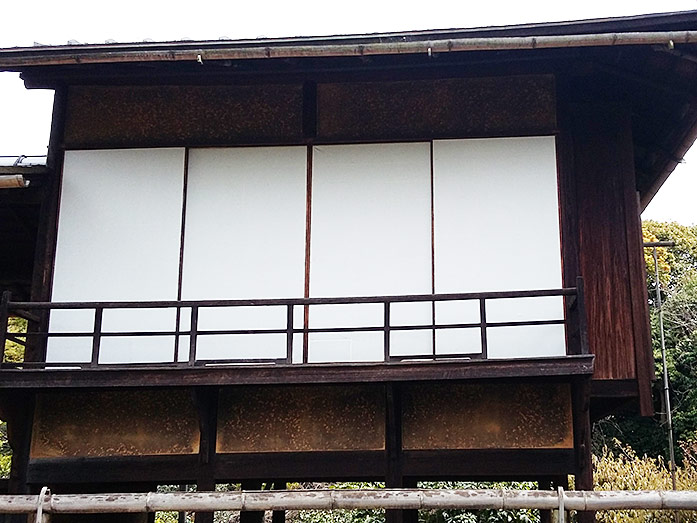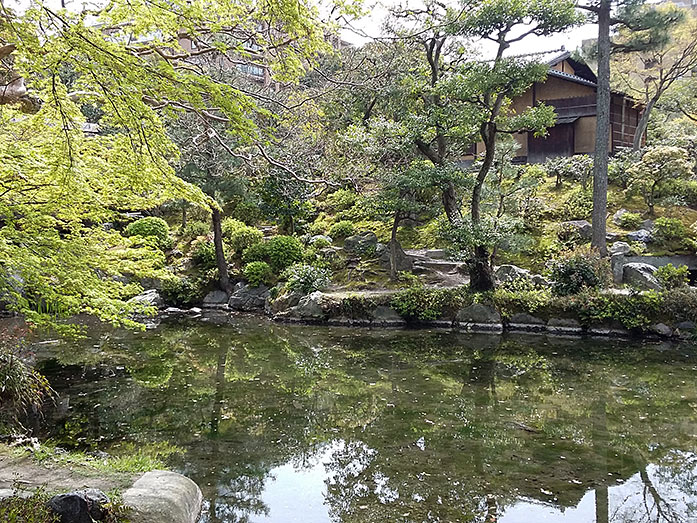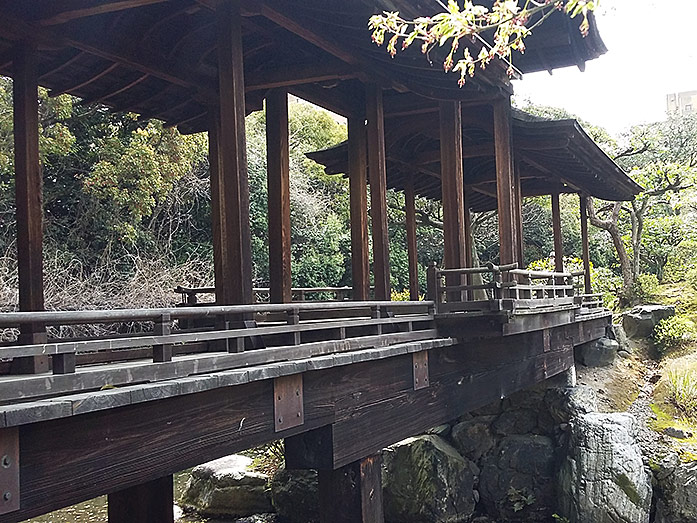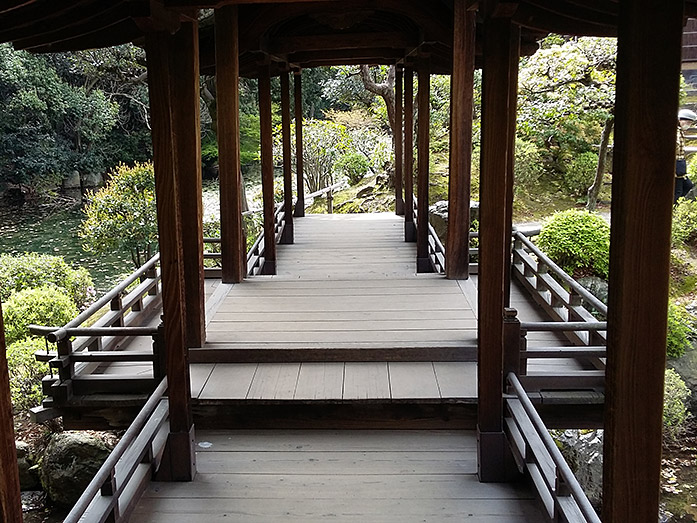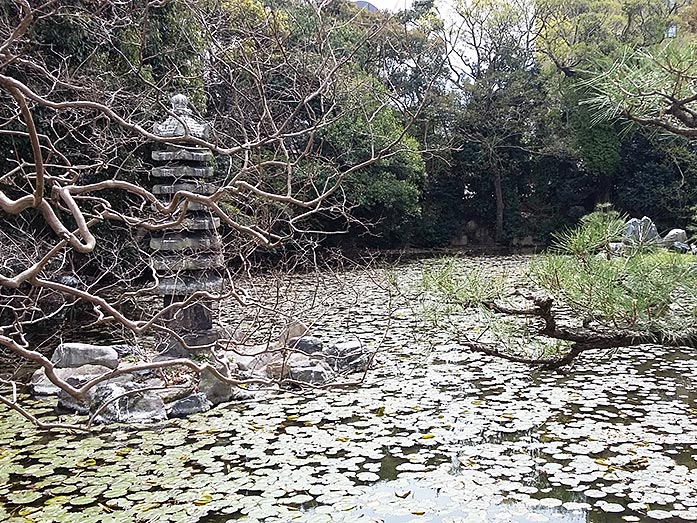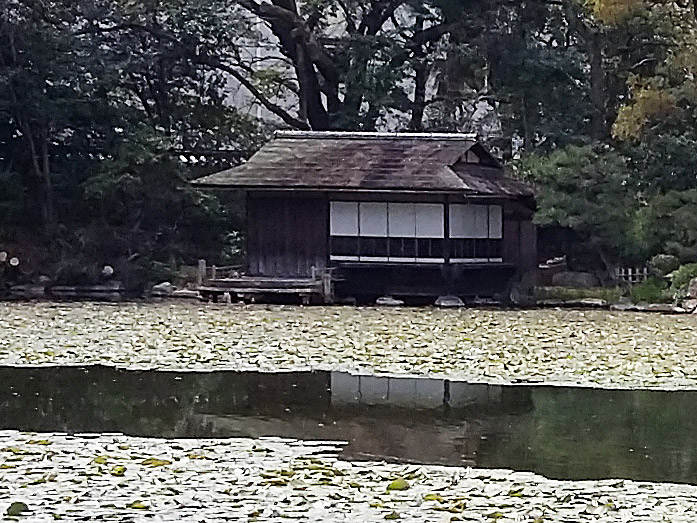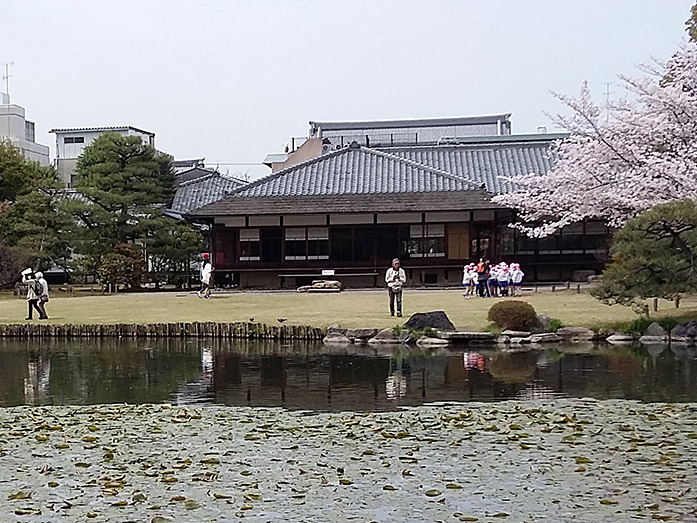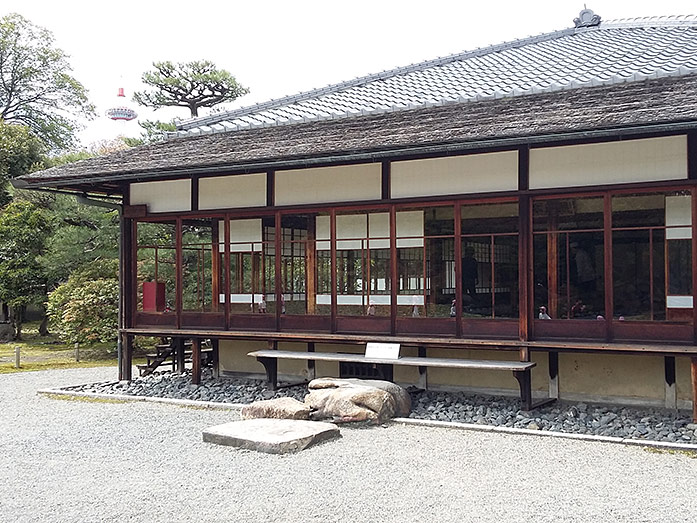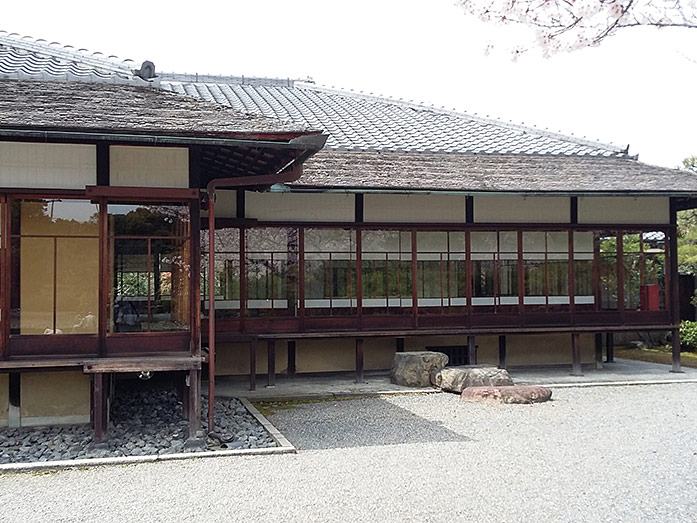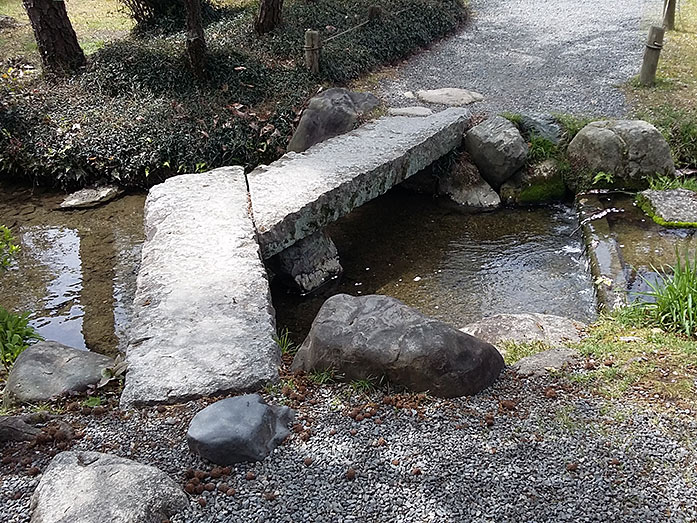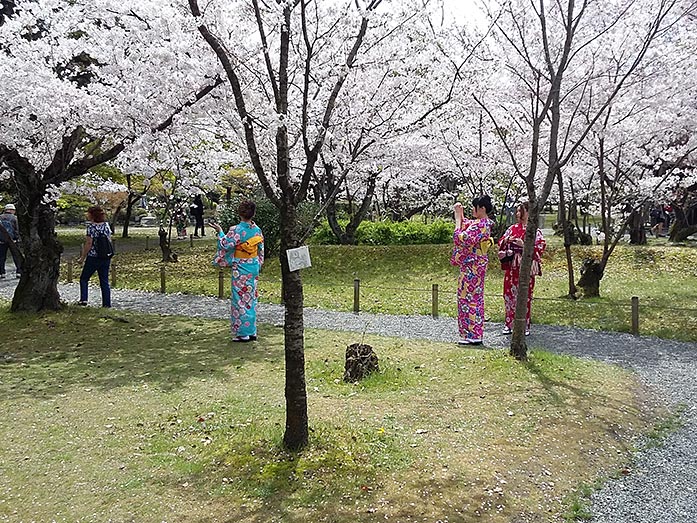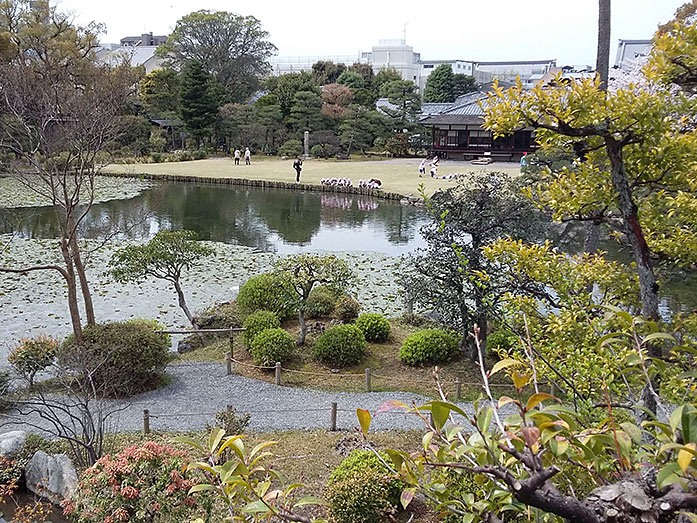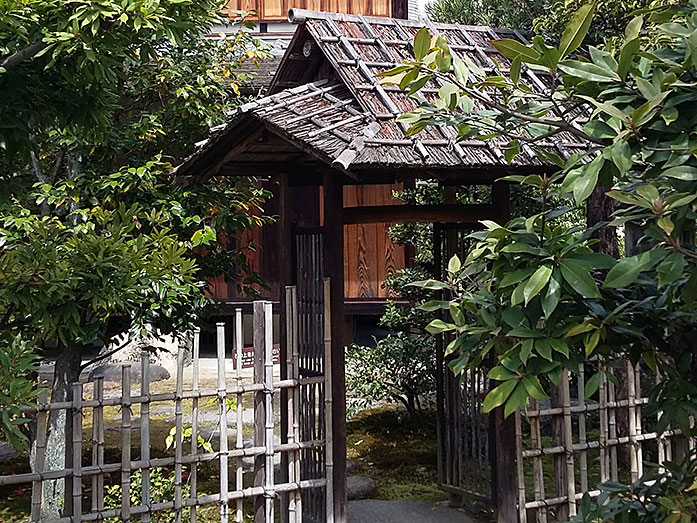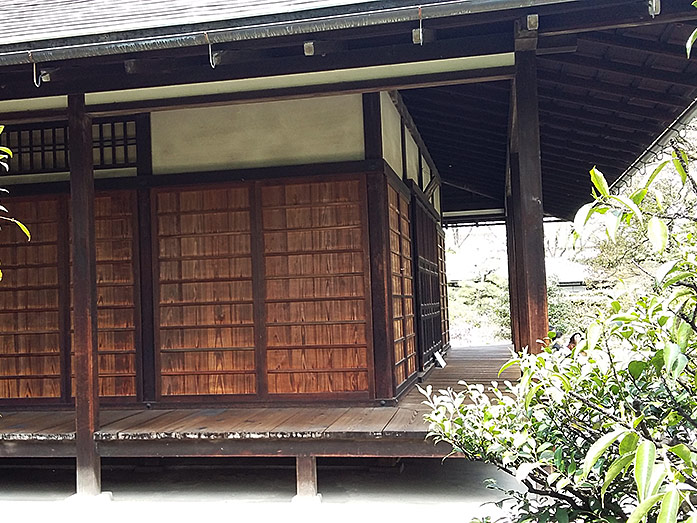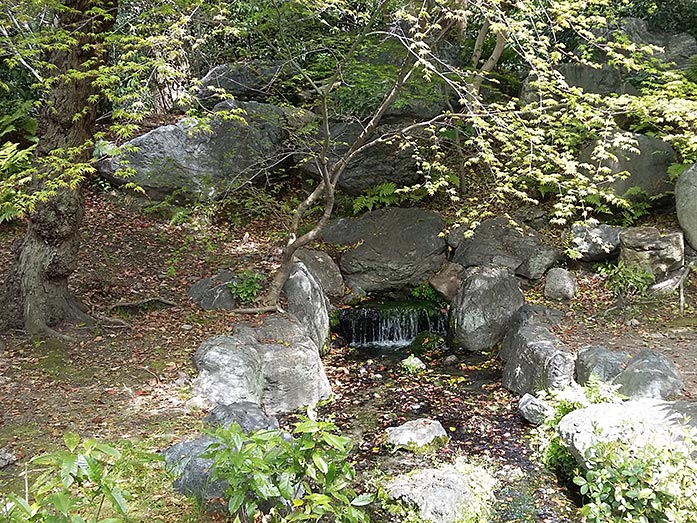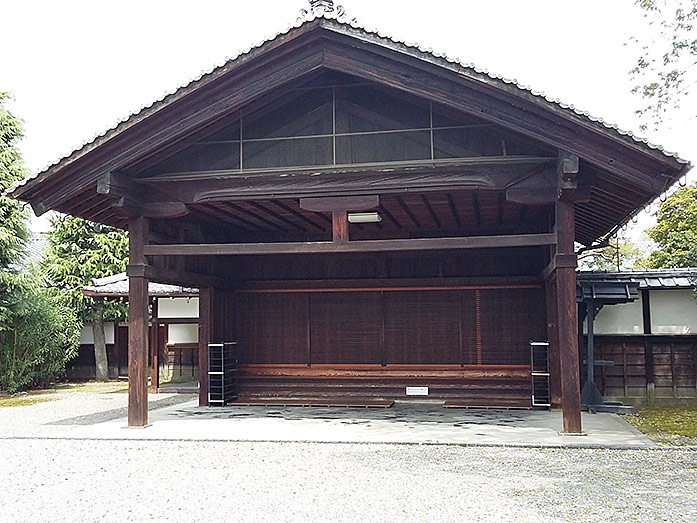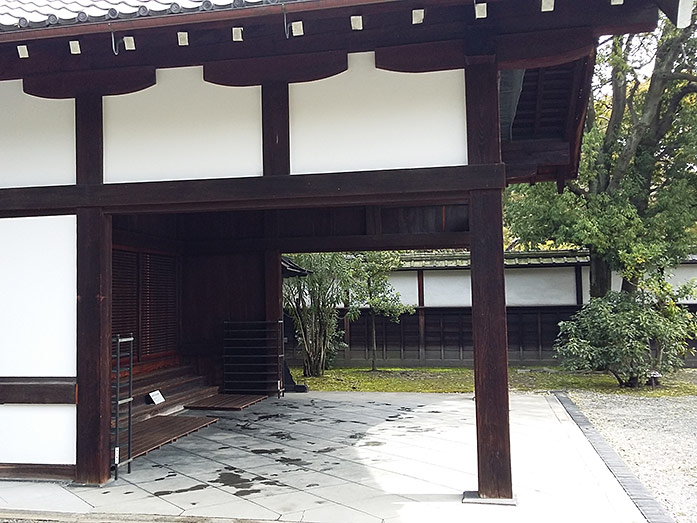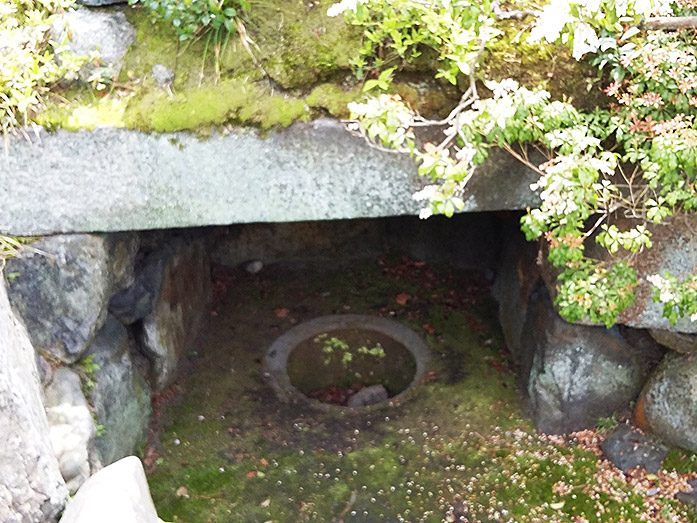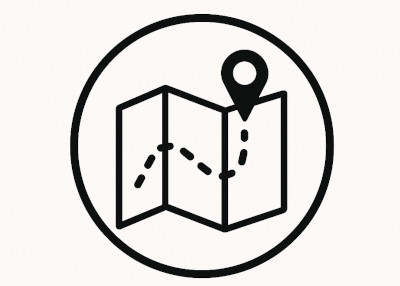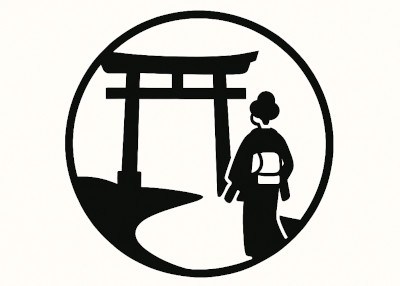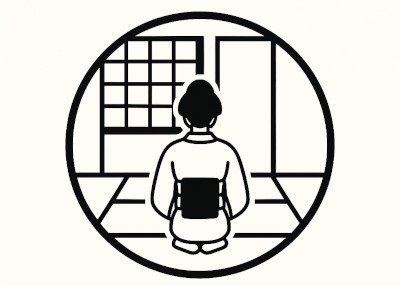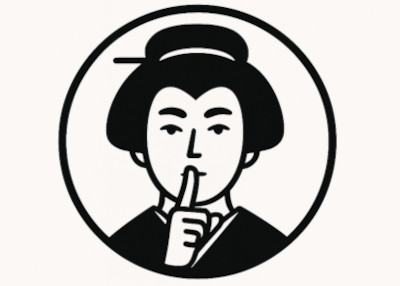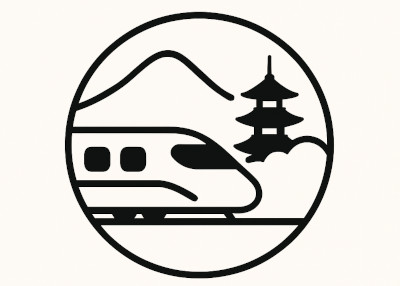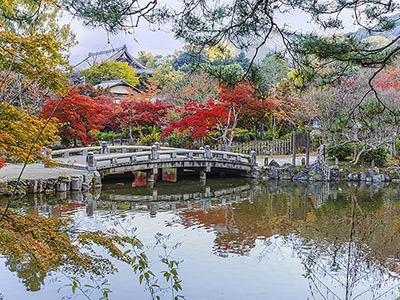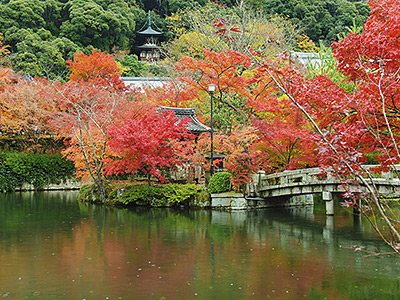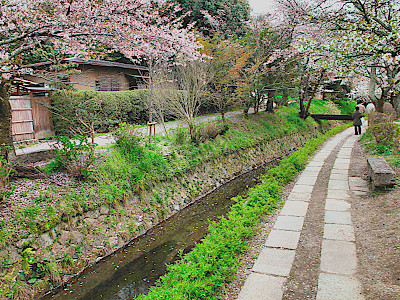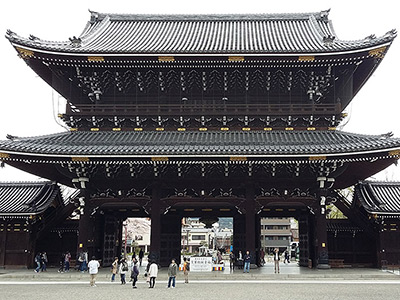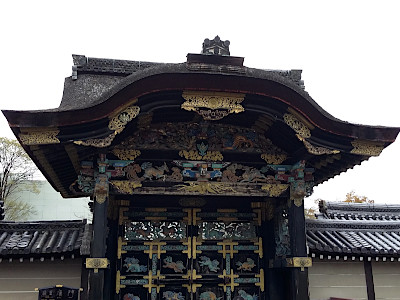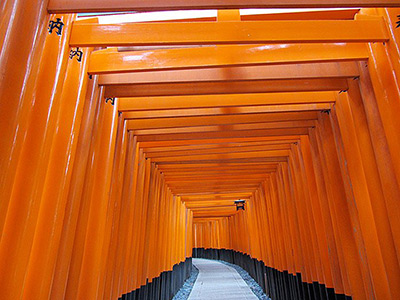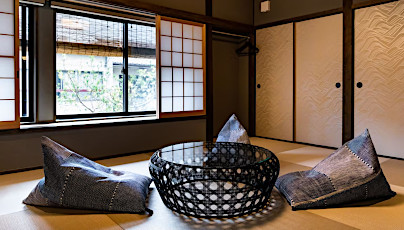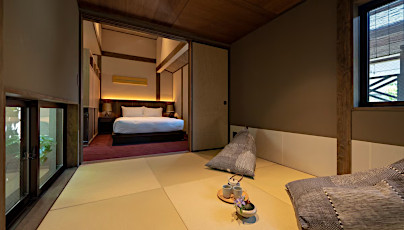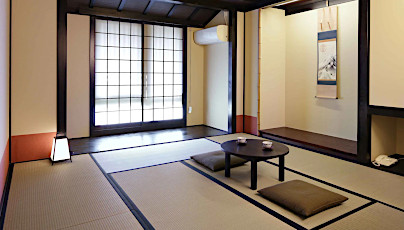Shosei-en Garden in Kyoto
This post can contain affiliate links, which means that we may receive a small commission if you make a purchase using these links.
Facts & Figures
Shosei-en Garden is a beautiful traditional Japanese formal garden. Shosei-en is owned by the Higashi Honganji Temple. The garden is also known under the name Kikoku-tei (Trifoliate Orange Mansion). At the spacious garden grounds (about 33000 square meters) you can find a large pond at its center, tea houses, stone lanterns, bridges, reception halls, cherry trees, and much more.
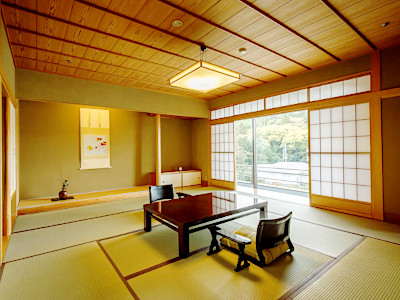 Best Places to Stay in Kyoto >
It is one of the best spots in Kyoto to enjoy the beauty of cherry blossom season and the colorful leaves during autumn makes this place my must-see recommendation for you.
Best Places to Stay in Kyoto >
It is one of the best spots in Kyoto to enjoy the beauty of cherry blossom season and the colorful leaves during autumn makes this place my must-see recommendation for you.
- Shosei-en Garden:
- Opening Hours - 9:00 am to 4:00 pm (last entry 3:30 pm, Nov till Feb)
- Opening Hours - 9:00 am to 5:00 pm (last entry 4:30 pm, Mar till Oct)
- Closed - never, open the whole year
- Admission Fee - 500 yen (Adults), 250 yen (High school students or younger)
History
In 1641 Shogun Iemitsu Tokugawa (1604 – 1651) donated the property to Higashi Hongan-ji Temple. It was planned as chief priest Sen'nyo's (1602 - 1658) retreat. Artist, aristocrat, and tea master Kobori Enshu (1579 - 1647) and Jozan Ishikawa (1583 - 1672), a famous Confucian scholar, garden designer, and friend of chief priest Sen'nyo, helped design the garden. In 1657 the construction of Shosei-en Garden was completed. During civil riots (1858 and 1864) the garden was two times destroyed by fire. The area in its current form was rebuilt during the late 1860s. In 1938 the place got the status of a National Historic Site by the Japanese government.
Location

Shosei-en Garden is located northeast of Kyoto Station and about 200 meters east of Higashi Hongan-ji Temple.
Address: 300 Higashi-Tamamizu-cho, Simojyuzuyamachi-dori, Ainomachi-Higashiiru, Shimogyo-ku, 600-8190 Kyoto
How to get to Shosei-en Garden?
- 10min walk from Kyoto Station
Sightseeing spots within Shosei-en Garden
Top:
Takaishigaki (High Stone Wall) - You will find this wall, made out of borrowed stones of all shapes and sizes, right after the western entrance.
Ingetsu-Chi (Moon Crest Pond) - It is the main pond of the garden and spans over one-sixth of the garden grounds. The name - Moon Crest Pond - is related to the reflection of the moon on the water surface at night. Do not miss the beautiful koi in the water during your visit.
Boka-kaku (Ceremonial Gate) - The gate was rebuilt in 1892. It has a unique shape with two stairs on the side leading to the second floor. On the ceiling of the second floor are twelve signs of the Chinese zodiac engraved. Unfortunately Boka-kaku is not open to the public.
Rofu-tei Building/Studio - The guest house dates back to 1865, which makes it one of the oldest in the garden. It was used to host very important guests from the upper class in Tokyo, Russian diplomats and in 1880 even Emporer Meiji (1852 - 1912) stayed at this place.
Onrin-do Hall - It is the main hall within a complex of buildings and was rebuilt in 1957. Inside you will find a Buddha statue and fusuma-e (paintings on a sliding screen) by famous woodblock artist Shiko Munakata (1903 - 1975).
Kaitoro (Chinese-corridor style Bridge) - After the fire in 1858 it took till 1884 before the bridge with its cypress bark roof was rebuilt in a new design.
Boka-kaku - The pavilion was built in 1892 during the Meiji period. The 2-storey structure has a unique shape. The word Boka stands for - by the side of flowers.
Minamoto-no-Toru Pagoda - The nine-story stone pagoda was created to honor Minamoto no Toru (822 – 895), a historical figure and son of Emperor Saga.
Shinsetsu-kyō (Snow-capped Bridge) - The arched wooden bridge is connecting the large Kita-Oashima Island within the pond and the rest of the garden.
Kita-Oashima Island - The large island was constructed with the leftover material of Odoi. Odoi was a huge wall created by Hideyoshi Toyotomi (1837 - 1598) to defend Kyoto against attacks.
4 Tea Houses - They are called Shukuen-tei (rebuilt in 1884), Tairitsu-seki (rebuilt in 1888), Sochin-kyo and Ro-an (rebuilt in 1957). All of them are worth a visit.
Reception Halls - Tekisui-ken and Rinch-tei Reception Halls were both constructed in 1884. They are only separated from each other by a small pond. The halls serve as tea rooms for visitors.
Souchinkyo - This wooden building was constructed in 1865.
Festival & Events in Kyoto (dates can change without notice)
April
Miyako Odori (1st - 31th)
The traditional annual spring dance of the Kyoto district Gion Kobu performed by Geiko and Maiko is a must-see on your Kyoto visit. Don't miss the most popular dances the Miyako Odori "Cherry Blossom Dances" or "Dances of the Old Capital" at the Gion Kobu Kaburenjo Theater (located close to Gion Corner).
May
Aoi Matsuri (15th)
The highlight of this festival is a large parade from the Imperial Palace through the Shimogamo Shrine to the Kamigamo Shrine. More than 500 people wearing aristocratic costumes from the Heian Period (794 - 1185). The Aoi Matsuri belongs with the Gion Matsuri and Jidai Matsuri as the three most famous festivals in Kyoto.
July
Gion Matsuri (whole month)
The month of July is full of different events like the Yoiyama - Kyoto's Magical Night (locals in kimonos look at the giant Gion floats the day before the parade) or the famous Yamaboko Junko (float procession on the 17th of July).
October
Jidai Matsuri ("Festival of Ages") (22nd)
People celebrate with a large parade between Imperial Palace to Heian Shrine the anniversary of the foundation of Kyoto. App. 2000 participants wearing historical costumes from different time periods. Enjoy this great festival which lasts around 2 hours.
Where to stay in Kyoto?
Book your Flight Tickets and Rental Car for your Japan trip
Day trips from Kyoto:
Travelers who viewed Shosei-en Garden viewed also:
Top rated - Best Machiya Houses in Kyoto
THE MACHIYA Ebisuya, 192 Ebisuya-cho Shimogyo-ku, Kyoto 600-8062
This 3-star guesthouse got an excellent rating. All 30 individually furnished rooms offer free WiFi, air conditioning, bathrooms incl. toilets, fridges, 40-inch flat-screen TVs, and more. THE MACHIYA Ebisuya is located in central Kyoto.
View on Expedia.com
This 3-star guesthouse got an excellent rating. All 30 individually furnished rooms offer free WiFi, air conditioning, bathrooms incl. toilets, fridges, 40-inch flat-screen TVs, and more. THE MACHIYA Ebisuya is located in central Kyoto.
View on Expedia.com
The Machiya Kazahaya, 570-6 Kazahayacho, Shimogyo-ku, Kyoto, Kyoto, 600-8475
The Machiya Kazahaya offers for all guest rooms free WiFi, air conditioning, safes, bathrooms with toilets, refrigerators, and much more. Enjoy also the beautiful Japanese Garden. Guests gave this property the rating - Exceptional.
View on Expedia.com
The Machiya Kazahaya offers for all guest rooms free WiFi, air conditioning, safes, bathrooms with toilets, refrigerators, and much more. Enjoy also the beautiful Japanese Garden. Guests gave this property the rating - Exceptional.
View on Expedia.com
Kyomachiya Ryokan Sakura Urushitei, 425 Kichimonjicho, Shimogyo-ku, Kyoto, 600-8069
This beautiful 3-star guesthouse offers 32 rooms with free WiFi, air conditioning, bathrooms incl. showers and toilets, refrigerators, and much more. Enjoy also the relaxing indoor public bath (no minerals). Guests gave this property the rating - Wonderful.
View on Expedia.com
This beautiful 3-star guesthouse offers 32 rooms with free WiFi, air conditioning, bathrooms incl. showers and toilets, refrigerators, and much more. Enjoy also the relaxing indoor public bath (no minerals). Guests gave this property the rating - Wonderful.
View on Expedia.com

